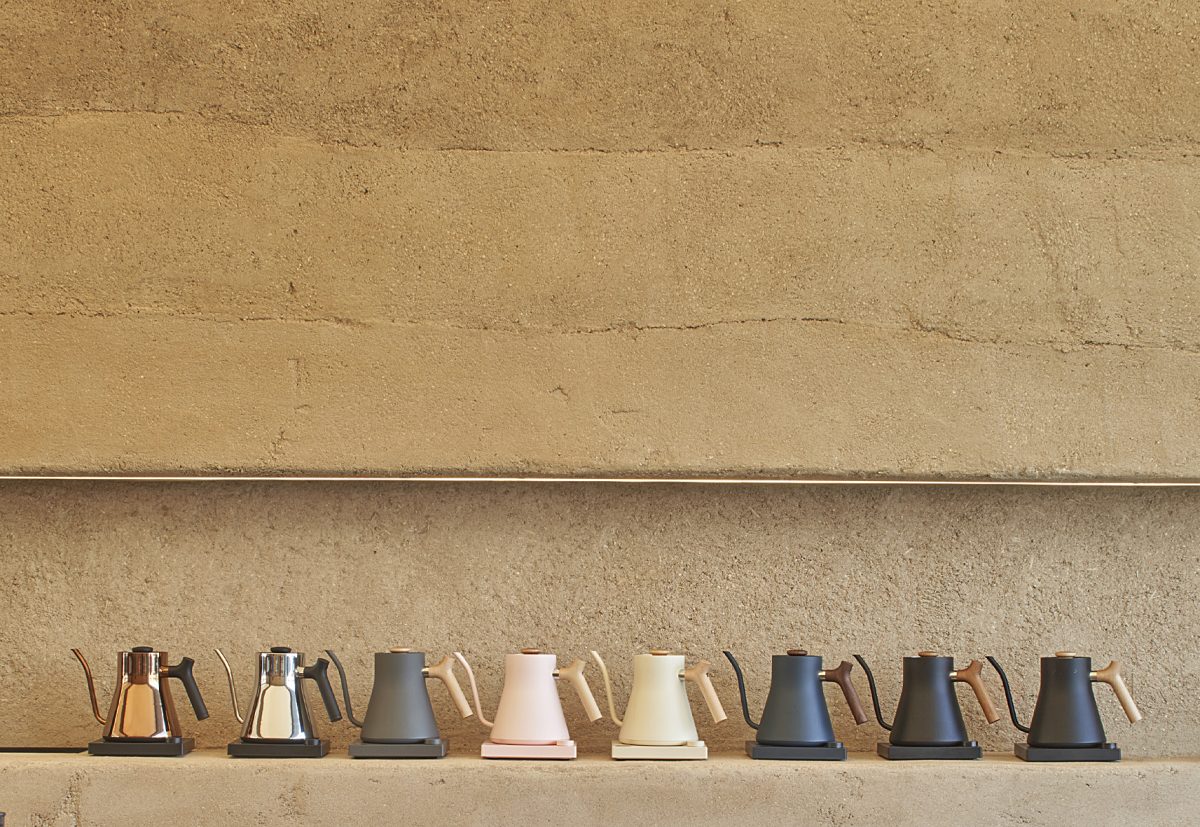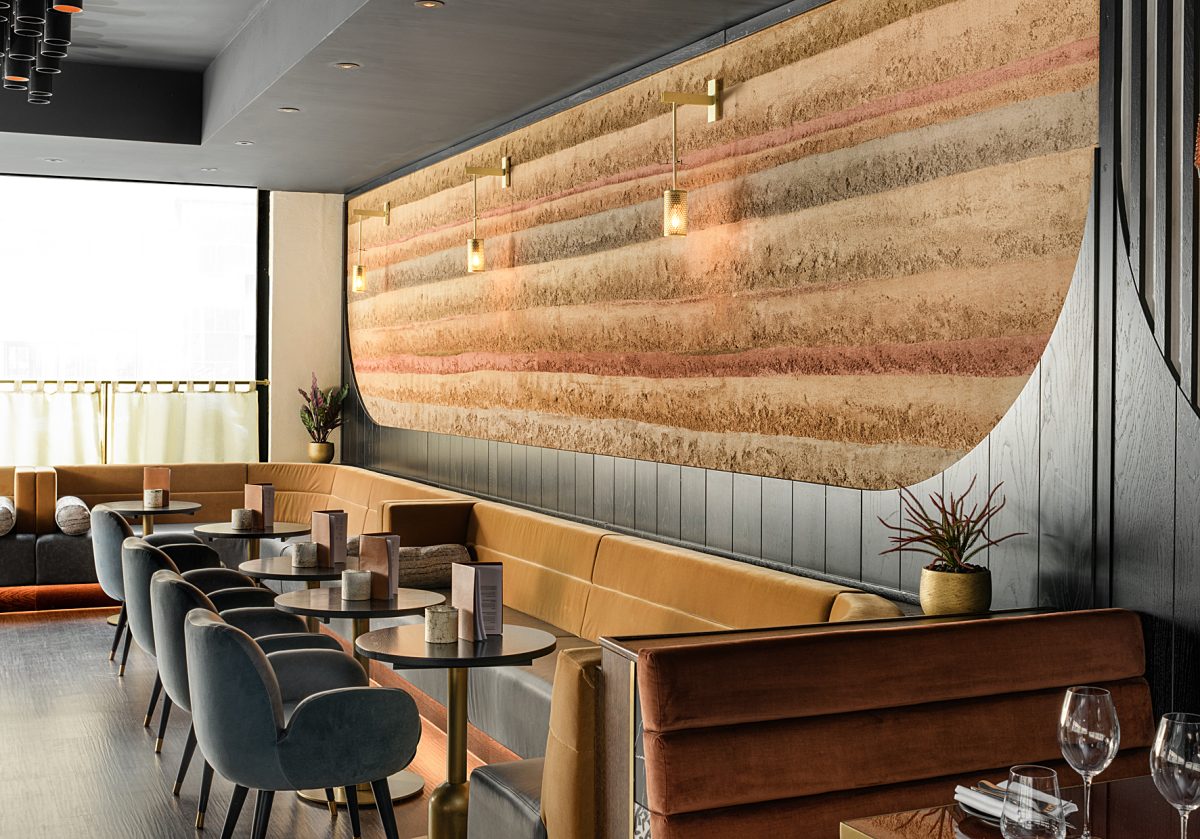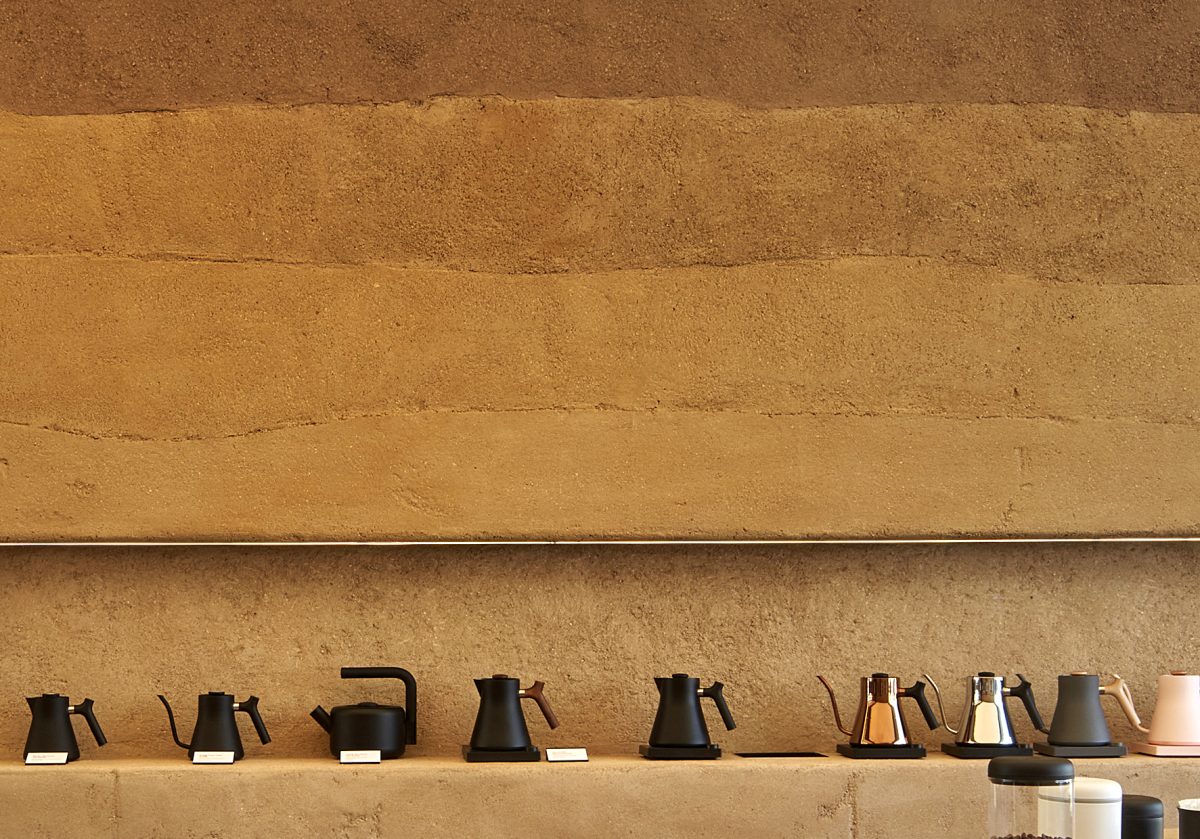
Rammed Earth

Fellow
It is a pleasure to search for a connection back to the vernacular. Combining the role of memory, the years of experience with earth building materials and a constant desire to reconnect with the earth and return to primitive notions of shelter. Of the hut, the cave, the cob home. Taking time to honour the ancient architectural techniques of earth building – rammed earth building specifically.
Rammed Earth Finishes are a creative inquiry into adaptive representation of ancient architectural techniques and the role of history, the natural environment, reimagined into clay plasters.
Perhaps it’s ‘reflective nostalgia’? Taking time to honour rammed earth architecture. Rammed Earth Finishes share similar strategies – using raw, unprocessed material, contrast, geological differentiation, formal assemblage and meticulous grafting. Each project comes with its own set of unique issues related to how one engages with a heritage of millions of years and the role in the dialectics between past and present. One can sense the delicate balance between the contrasts of new and old, smooth and textured, refined and raw.
Clayworks grew from a favouring of earth and other natural materials. Collected on building sites and used to construct shelters. Before the industrial revolution vernacular architecture was simply the architecture. Homes were made by hand, using simple equipment and locally sourced materials. We rejected the idea that there are eras in architecture. We believe it is a continuum of ideas and materials, an accumulation of human experience, ingenuity, knowledge and beauty. All of which must be built upon, taken to new levels, thriving on what has become before.
Rammed Earth Finishes were developed by Clayworks four years ago. They honour texture: they are rustic, organic, irregular, vernacular, unprocessed. Non homogenous. Soulful, delicate yet vigorous.
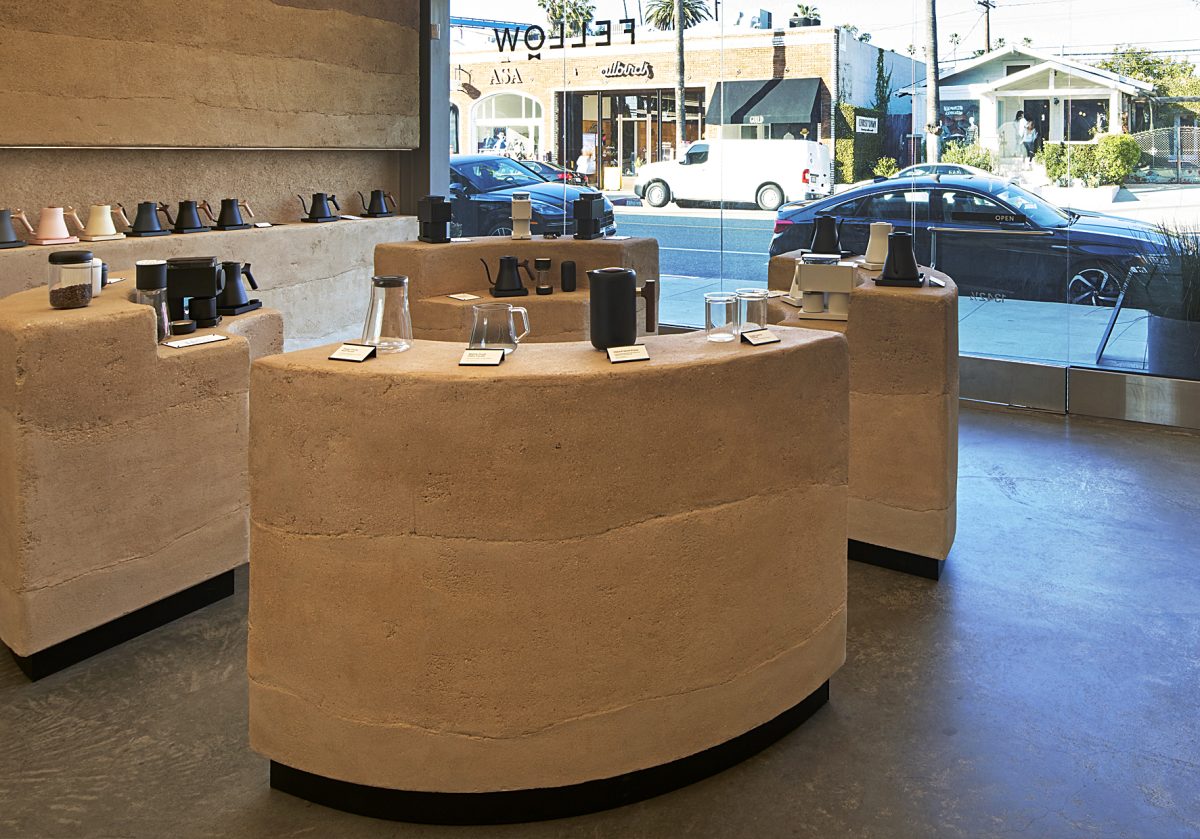
Cycles
For millennia, earth has been one of the most widely used construction materials on the planet and we want to restore the desire to build with it. To bring back earth materials to the highest levels.
We understand earth and its part in buildings. Our founders wrote two books several years ago. [books on clay plaster techniques (clay-works.com)] We understand its part as a reflection of human survival since the dawn of time and integral part of culture and evolution. We look to the earth and renewable natural materials for clues and inspiration and refer to those means and methods of those cultures past, present and most excitingly, those evolving into the future. Clayworks thrives on redefining what has come before. Provoking a conversation about uses of clay in buildings. Being a part of the revival of this type of architecture and raising awareness in the professional community about its value.
Clay represents thousands of years of history & tradition and still we have so much to learn. Clay finishes are an ancient craft. The forms, texture and handmade nature of clay finishes are infused with history. Such challenging times encourage us to reflect on our origins, preserving customs and traditions, while opening up new vistas for experiments and innovation, combining new building and production technologies with a reinvigorated environmental awareness.
The book is about circles and cyclical time … Through the process of building with cob we are encouraging you to reconnect to this wholesome, everlasting form. In the book we talk about coming full circle, back to those ideas and techniques of the past that really worked, such as walls built out of cob and roofs made out of thatch.
Adam Weismann &; Katy Bryce – Building with Cob (2006)
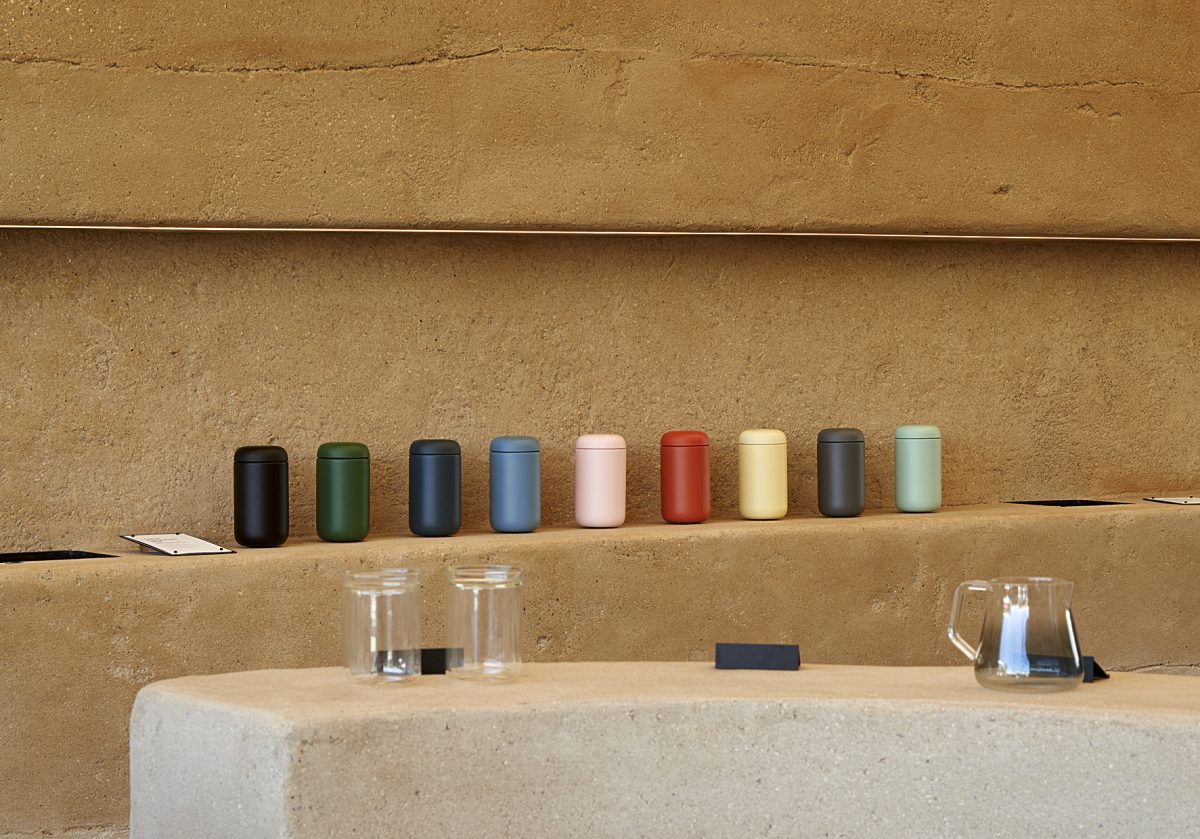
Healing
Earth building, along with other natural building techniques, is once again being noticed and valued as a practical and life enhancing solution to the state we find ourselves in.
Clay is a healer on all levels. It can heal physical trauma as a receiver of toxins, it breaths and absorbs glare and acoustics promoting calm. It allows people do something for themselves, engaging creativity. We know from the work of Down to Earth how co creation with natural materials can be a crucial part of healing. The health dimension can be taken very seriously as unhealthy materials are very expensive for national healthcare systems. Common building materials available today generate high levels of greenhouse gases from extraction to construction and then emit volatile organic compounds that are harmful to occupants. This is an additional incentive to return not only to earth but also to all organic and geological resources to preserve the economic health of all regions and the physical health of their citizens. All natural materials trigger a powerful psychological response in interior settings. We have long known that wilderness provides a deep comfort whether forests, earth scapes, landscapes or seascapes. Earth scapes can be beautiful, sublime and picturesque. Or dramatic. We feel calmed by natural landscapes.
The essence of rammed earth finishes is the same: comfort, beauty, timelessness, nature, health, eco responsibility, craftsmanship. They seem to be what people are craving. Considered from this perspective, such times encourage us to reflect on our origins, preserving customs and traditions, while opening up new vistas for experiments, innovation, combining new buildings and production techniques with an invigorated environmental awareness.
Earthen Revival
The work of many inspirational individuals and organisations around the world is stimulating a young generation of designers and constructors who are trying to recapture the benefits of building with earth. Rammed Earth Finishes are not a construction material, but we hope that by exposing the typologies offered by raw earth, we may play a small part in that stimulation.
Age old traditions are now evolving in line with new techniques. The tried and true, well tested formulas are being updated by own rules, our own research.
Interior earthen plasters do not flake, do not discolour, are very easy to repair and will never need paining. Like rammed earth architecture.
The old earthen buildings of our planet are an excellent research path inspiration for helping us change course and rethink our relationship to building as well as our relationship to the different forms of life on earth.
Of course, the idea is not at all to ‘copy’ the past … It is to clearly understand the many lessons we can learn from it with the aim to modernise and adapt this technical and cultural sophisticated knowhow to present-day needs.
Their pictures tell the story of a disappearing world of buildings that have been constructed by ordinary people who as builders and homesteaders have given artistic, modest and sensible form to their daily needs and dreams. Sometimes accidental, often asymmetrical and utilising materials that are naturally close at hand, these buildings, with their moulded curves and softened lines, convey a personal and human beauty.
Athena and Bill Steene and Eiko Komatsu, Built by Hand: Vernacular Buildings around the world – quoted in Building with Cob.
